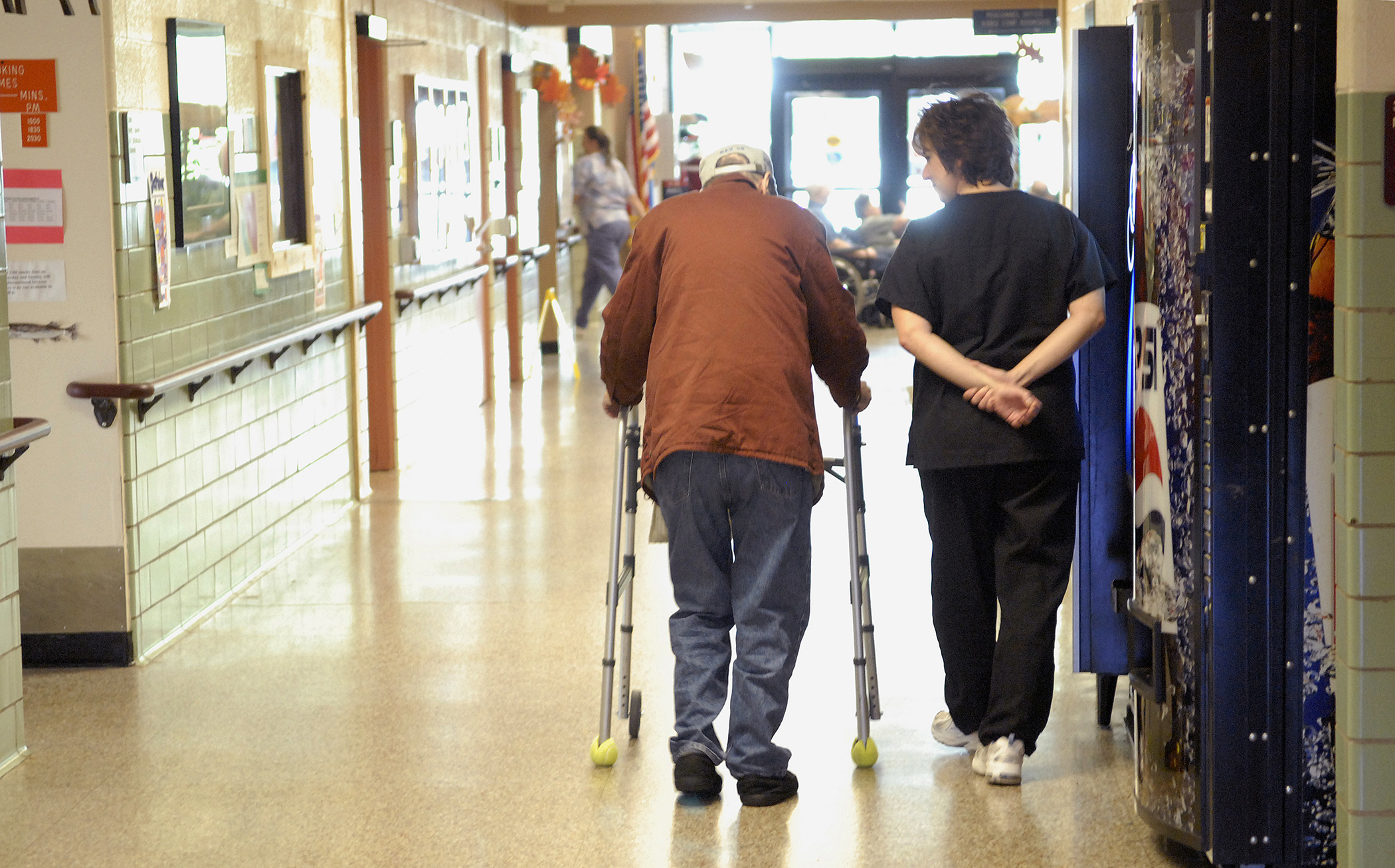With state's demographics shifting older, permanent council could help focus MN's 'age-friendly' efforts

Minnesota could improve the lives of its elderly citizens, and their communities, through the creation of a permanent Council for an Age-Friendly Minnesota.
In a long-anticipated demographic shift, 2020 marked the first year that Minnesotans over the age of 60 outnumbered those under 18, council member Anthony Taylor told the House Human Services Policy and Finance Committee Thursday.
Gov. Tim Walz created the Governor’s Council on an Age-Friendly Minnesota in 2019 to begin coordinating, supporting, and promoting a wide range of state and local efforts to better support older adults, Taylor said.
By making that council permanent – and officially enrolling in the World Health Organization and American Association of Retired Persons’ “Network of Age-Friendly States and Communities” – it could pursue other recommendations, including:
- developing and helping implement long-term, equitable policy and intervention strategies;
- creating a “streamlined mini-grant program,” and helping communities access seed funding;
- working across multiple state agencies to coordinate efforts and lead the state’s overall “Age-Friendly” strategy;
- centralizing resources and information so it’s easily accessible online; and
- ensuring vulnerable older adults are accounted for in the state’s emergency plans.
The COVID-19 pandemic – and its disproportionate impact on Minnesota’s older citizens – highlighted benefits of the council’s work in identifying and promoting the learnings from local initiatives, including Northfield’s telemedicine guide for the elderly and Alexandria’s age-friendly phone and video chat network, Taylor said.
Although the initiative may be driven at a state-level, “all of the work happens locally,” as that’s not only more effective administratively, but also in creating a lasting impact in communities, Taylor said.
Twelve states have received the designation nationally, and nine Minnesotan communities are officially enrolled.
Minneapolis, Alexandria, Northfield, and Maple Grove are in the process of implementing their “Age-Friendly” action plans while Hennepin and Olmsted counties, Brooklyn Park, St. Cloud, and Princeton are newly enrolled and working on assessments, he said.
Related Articles
Search Session Daily
Advanced Search OptionsPriority Dailies
Speaker Emerita Melissa Hortman, husband killed in attack
By HPIS Staff House Speaker Emerita Melissa Hortman (DFL-Brooklyn Park) and her husband, Mark, were fatally shot in their home early Saturday morning.
Gov. Tim Walz announced the news dur...
House Speaker Emerita Melissa Hortman (DFL-Brooklyn Park) and her husband, Mark, were fatally shot in their home early Saturday morning.
Gov. Tim Walz announced the news dur...
Lawmakers deliver budget bills to governor's desk in one-day special session
By Mike Cook About that talk of needing all 21 hours left in a legislative day to complete a special session?
House members were more than up to the challenge Monday. Beginning at 10 a.m...
About that talk of needing all 21 hours left in a legislative day to complete a special session?
House members were more than up to the challenge Monday. Beginning at 10 a.m...